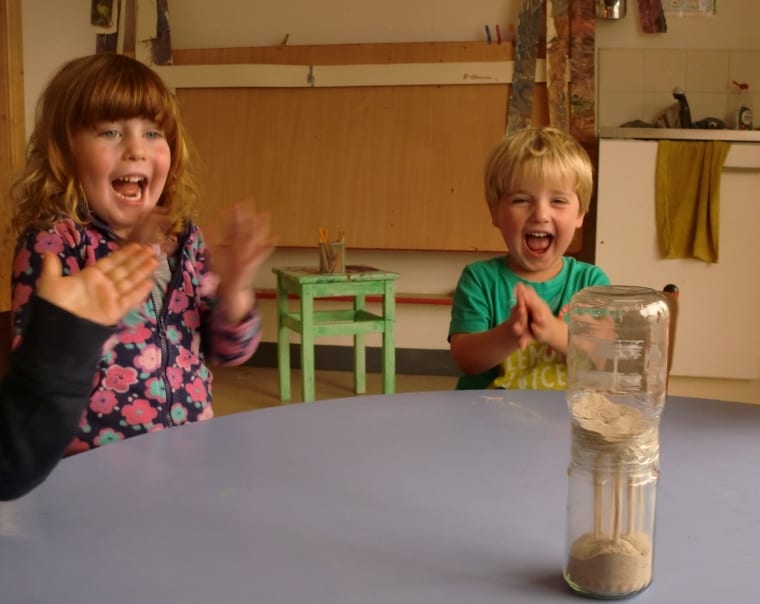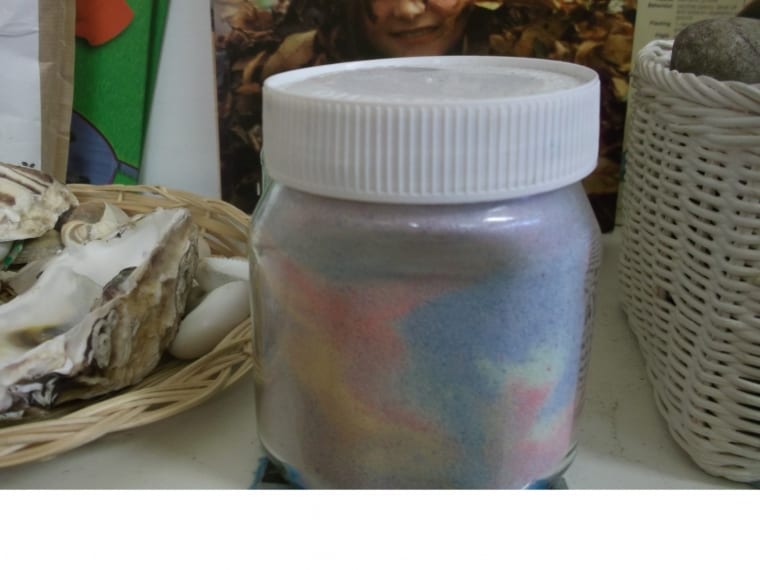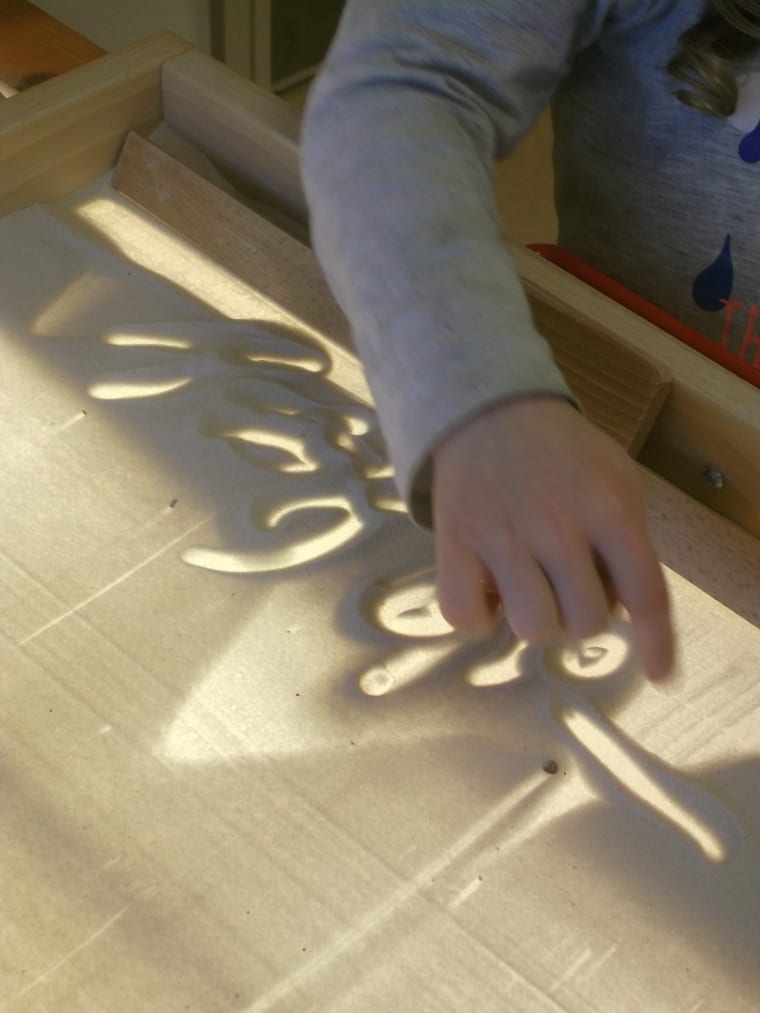We strive to provide a rich, stimulating curriculum which encourages children to think, be curious, and creative with supportive, caring, enthusiastic adults, who will share in their learning. We encourage learning about and use of all of our senses, developing co-ordination, communication, understanding appreciation of the world around us, including music, art and nature.
We follow an emergent curriculum in Cheeky Cherubs, meaning all activities and experiences are child led. They are based around observing the children’s interests, therefore Small and Large Group Times are planned around current abilities and look at ways in which they could be expanded and extended. It gives us the flexibility we need to develop lesson plans around children’s interests, keeping in mind where each child is developmentally, and taking into account the cultural/ethnic mix of the children we take care of. Our curriculum looks at the whole child and encourages us to provide experiences that cater for the holistic development and learning of each child.
We believe that art should be an integral part of every early childhood programme. Arts experience in preschool not only contributes to children’s artistic and creative development but also to a wide range of skills in other areas, including perceptual, cognitive, language and social skills. To further supplement our emergent curriculum we choose an Artist of the Month to highlight and introduce new concepts and ideas to the children. These artists have been infamous painters such as Da Vinci and Michaelangelo to Lego artists like Sean Kenney and Sand artists like Remy and Paul Hoggard.
For September as we focused on Remy and Paul Hoggard’s work we produced some really interesting experiences with sand:
- The teachers created beautiful sand bottles by dying sand with paint and water in different colours. Once it was dry they layered it in glass jars for a beautiful visual display. This is an example of a very simple Science experiment where the children practiced observation, fine motor skills and teamwork.

- Another Science experiment our pre-schoolers tried was to make their own handmade sand timers. The children put in damp sand and let it dry. As it dried they watched the sand fall through, learning about ideas such as “more than,” “less than,” and “equal.” With this the children also develop a sense of ownership as they feel in control of their environment. This ties in with conflict resolution as the children can use their homemade sand timer for solving problems and conflict resolution.

- In our Toddler room we explored the different textures of sand, wet versus dry, cold versus warm. We felt the dry sand filter through our finger tips and it felt soft. We discovered cause and effect from learning what happens when water is added, it became “mucky” and mouldable. We could then sculpt with the sand to make creations like the Artists of the Month. We made towers, flowers, balls, cars, and even family portrait creations. Manipulating sand can be very soothing but also while playing in sand, we learned to problem-solve as we tried to figure out how to prevent towers from continually falling over. We also learned the theory of the conservation of matter as we poured sand from one container into another and compared the amount of sand that fit in each. This was more of a process activity with the products collapsing by the end!
- To further deepen our learning we investigated colouring sand, but in a different way. We coloured the sand by adding chalk. There were a lot of “oohs” and “aahs” as we watched the sand turn a rainbow colour of blue, pink, green and yellow. When we were finished exploring we added the jar of rainbow sand to our Natural Resources Area.

- We took renewed interest in our sand trays on our light tables, practicing mark making skills and discussing the make-up of the finer sand that belonged in the trays.

All of these experiences contribute to a scaffolding effect of learning, from which we can then extend on. The children at Cheeky Cherubs learned through a multitude of experiences, from stretching the imagination to teaching mathematical and scientific concepts, playing in the sand enhances the imaginations and social skills of children.
For our October Artist of the Month we studied Pablo Picasso and related his Abstract art to all things Halloween 🙂 followed by Land Artists for the month of November, using natural and found materials to create pictures outside.




